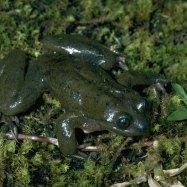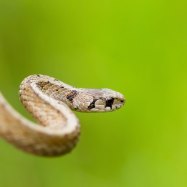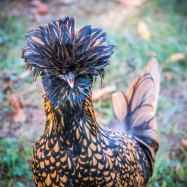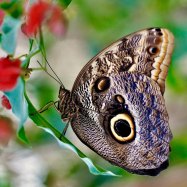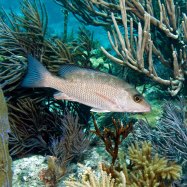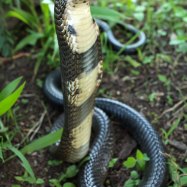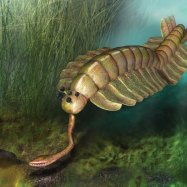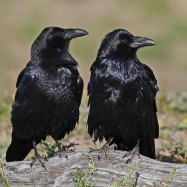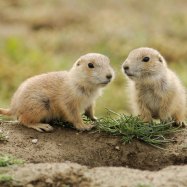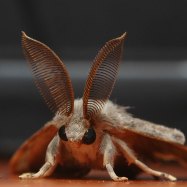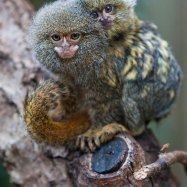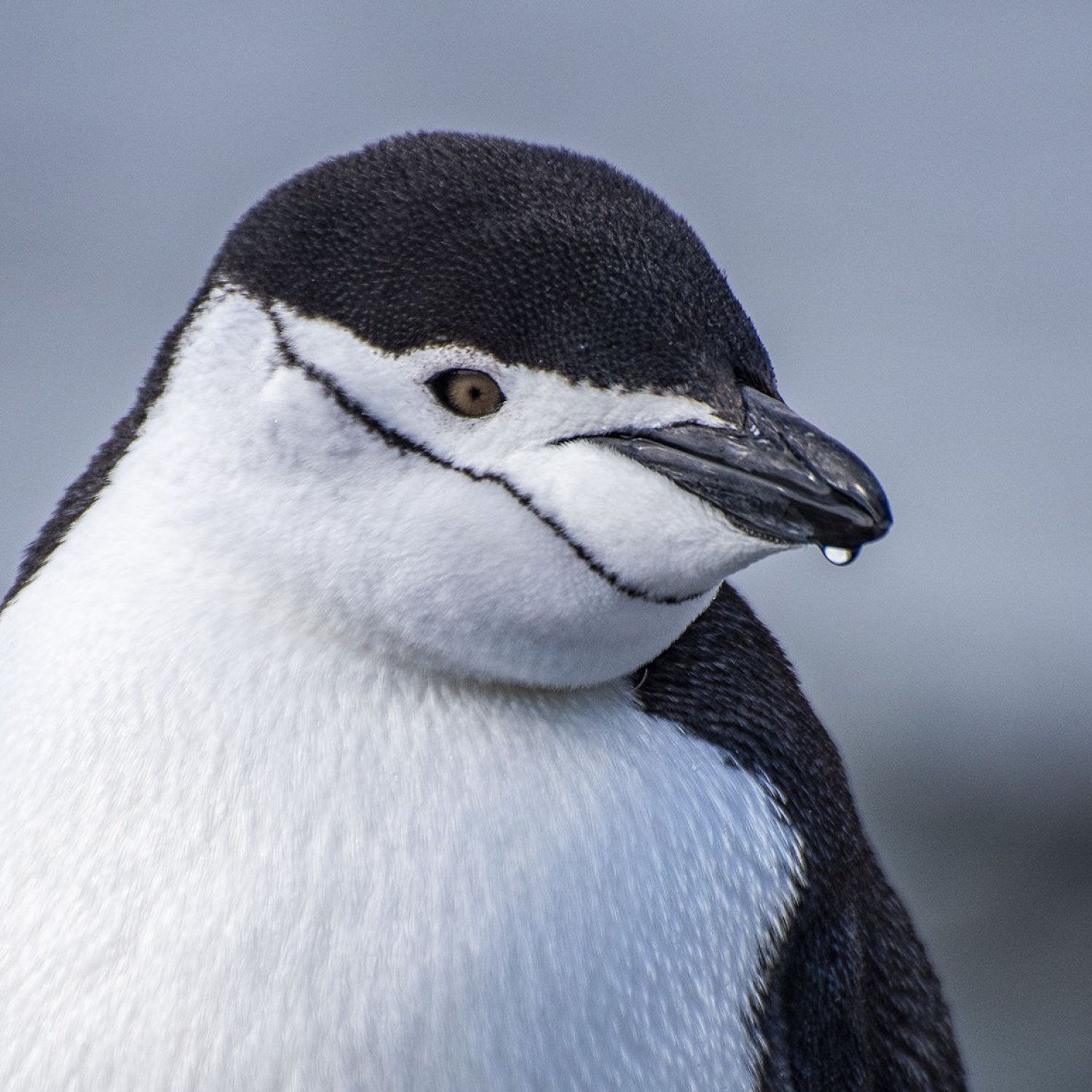
Chinstrap Penguin
55-70 cm (22-28 in)
The Chinstrap Penguin, found in the Southern Ocean, is a slender and streamlined animal with a length of 55-70 cm. This remarkable creature, belonging to the Spheniscidae family, is known for its distinctive black and white patterned plumage. Their unique body shape allows them to effortlessly glide through the icy waters, making them one of the most fascinating animals to observe in their natural habitat. #Animals #ChinstrapPenguin #SouthernOcean #Spheniscidae #Slender #Streamlined
Animal Details Summary:
Common Name: Chinstrap Penguin
Kingdom: Animalia
Habitat: Antarctic Peninsula, South Sandwich Islands, South Shetland Islands
The Fascinating World of the Chinstrap Penguin
When we think of Antarctica, images of vast ice and snow-covered landscapes often come to mind. However, this frozen continent is also home to a diverse array of animals, including the charming Chinstrap Penguin. With its distinctive black and white coloration, slender body shape, and undeniable cuteness, the Chinstrap Penguin is a beloved resident of the Southern Ocean. In this article, we will take a closer look at the fascinating world of the Chinstrap Penguin, exploring its scientific name, habitat, diet, distribution, and other remarkable features Chinstrap Penguin.Meet the Chinstrap Penguin
Scientifically known as Pygoscelis antarcticus, the Chinstrap Penguin is a species of flightless bird belonging to the family Spheniscidae. It is one of the three species in the genus Pygoscelis, along with Gentoo and Adélie penguins. The common name "Chinstrap Penguin" comes from the thin black band of feathers under its chin, giving it the appearance of wearing a black helmet.Like other penguin species, the Chinstrap Penguin is well adapted to life in the cold, harsh environment of Antarctica. Its body is streamlined and slender, enabling it to move swiftly through the water, and reducing heat loss due to increased surface area. Its wings have evolved into flippers, enabling it to navigate through the water with incredible agility. On land, they use their flippers to waddle and hop along the icy terrain.
Habitat and Distribution
The Chinstrap Penguin thrives in subpolar and temperate regions of the Southern Hemisphere, primarily in the Antarctic Peninsula, South Sandwich Islands, and South Shetland Islands. These locations are ideal for colony formation, providing rocky habitats for nesting and an abundant supply of food in the surrounding marine waters Corman Shepherd.They typically inhabit ice-free areas, living in large colonies on rocky beaches, grassy slopes, or on the edges of glaciers. During the breeding season, these colonies can consist of thousands of penguins, forming a bustling community of black and white feathered creatures.
Diet and Feeding Method
As carnivorous birds, the Chinstrap Penguin's diet consists mainly of krill, a type of small, shrimp-like crustacean. They also feed on fish, squid, and other marine creatures. To catch their prey, they use their sharp beaks to capture fish and krill while diving in the water. Their diet plays a vital role in the Southern Ocean's ecosystem, making them an essential part of the food chain.Interestingly, Chinstrap Penguins have a unique way of feeding their young. Both parents take turns regurgitating food into their chick's mouth, a process known as "crop feeding." This allows the chicks to receive all the nutrients they need to grow and develop without having to leave the safety of their nesting site.
Appearance and Size
One of the most recognizable features of the Chinstrap Penguin is its striking black and white coloration. The back, head, and wings are black, while the belly and chin are white. This coloration serves as camouflage, making it difficult for predators to spot them while swimming in the water.On average, Chinstrap Penguins measure between 55-70 cm (22-28 in) in length and weigh around 3.2-5.8 kg (7-13 lbs). However, males are usually larger and heavier than females, with some measuring up to 80 cm (31 in) in length.
Country of Origin
As the common name suggests, the Chinstrap Penguin's country of origin is Antarctica, the fifth-largest continent on Earth. It represents a harsh and challenging environment, with average temperatures reaching a chilling -70 degrees Celsius (-94 degrees Fahrenheit). However, despite these extreme conditions, the Chinstrap Penguin has successfully adapted and thrived in this region for thousands of years.Threats and Conservation
While the Chinstrap Penguin population is estimated to be around seven million, there are still threats to their survival. Climate change poses a significant threat, impacting the marine ecosystems they depend on for food. The loss of sea ice due to rising temperatures also affects their breeding and nesting sites. Other threats include pollution, overfishing, and human disturbance in their colonies.To help protect and conserve the Chinstrap Penguin, researchers and conservationists are studying their behavior, population trends, and habitat use. This information can help develop effective management strategies to ensure their long-term survival.
Final Thoughts
The Chinstrap Penguin is a fascinating and charismatic species that plays a vital role in the fragile ecosystem of Antarctica. From their impressive adaptations to the inhospitable conditions to their unique breeding and feeding methods, there is much to admire about this remarkable bird. While the threats to their survival are real, we can all do our part to help protect and preserve these adorable creatures for generations to come.If you ever get the chance to visit Antarctica, keep an eye out for the Chinstrap Penguin. You may just have the opportunity to witness their playful behaviors, adorable waddles, and, of course, that trademark chinstrap. Until then, we can continue to appreciate these incredible birds from afar, grateful for their contribution to our planet's biodiversity.

Chinstrap Penguin
Animal Details Chinstrap Penguin - Scientific Name: Pygoscelis antarcticus
- Category: Animals C
- Scientific Name: Pygoscelis antarcticus
- Common Name: Chinstrap Penguin
- Kingdom: Animalia
- Phylum: Chordata
- Class: Aves
- Order: Sphenisciformes
- Family: Spheniscidae
- Habitat: Antarctic Peninsula, South Sandwich Islands, South Shetland Islands
- Feeding Method: Carnivorous
- Geographical Distribution: Antarctica
- Country of Origin: Antarctica
- Location: Southern Ocean
- Animal Coloration: Black and white
- Body Shape: Slender, streamlined
- Length: 55-70 cm (22-28 in)
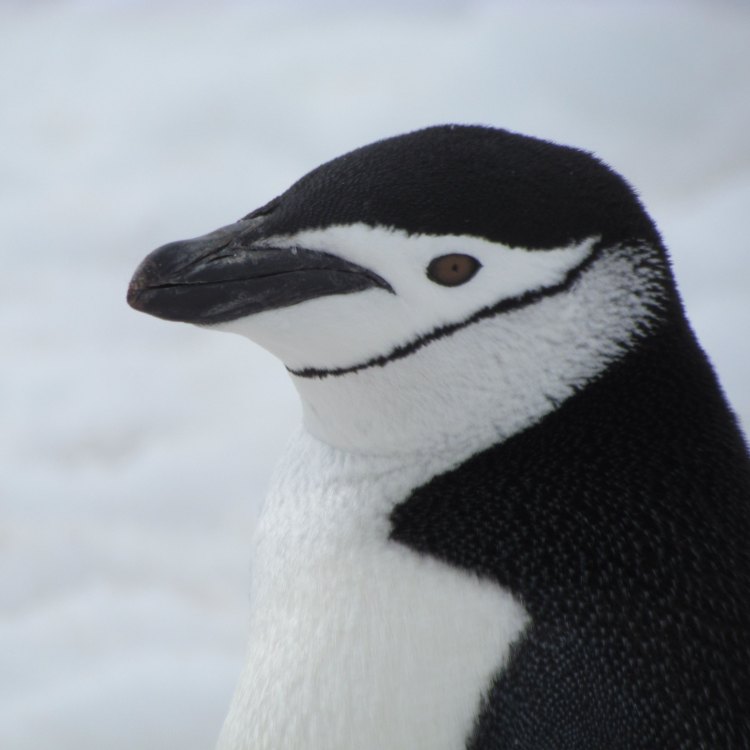
Chinstrap Penguin
- Adult Size: Medium
- Average Lifespan: 15-20 years
- Reproduction: Sexual
- Reproductive Behavior: Monogamous
- Sound or Call: High-pitched braying sound
- Migration Pattern: Migratory
- Social Groups: Nesting colonies
- Behavior: Social, highly gregarious
- Threats: Climate change, overfishing, predation
- Conservation Status: Near Threatened
- Impact on Ecosystem: Chinstrap penguins are important predators of fish and krill, and their population decline could disrupt the Antarctic food web
- Human Use: Tourism, scientific research
- Distinctive Features: Distinctive chinstrap marking, black head and back, white belly
- Interesting Facts: Chinstrap penguins are excellent swimmers and can dive up to 70 meters (230 ft)
- Predator: Leopard seals, killer whales, skuas
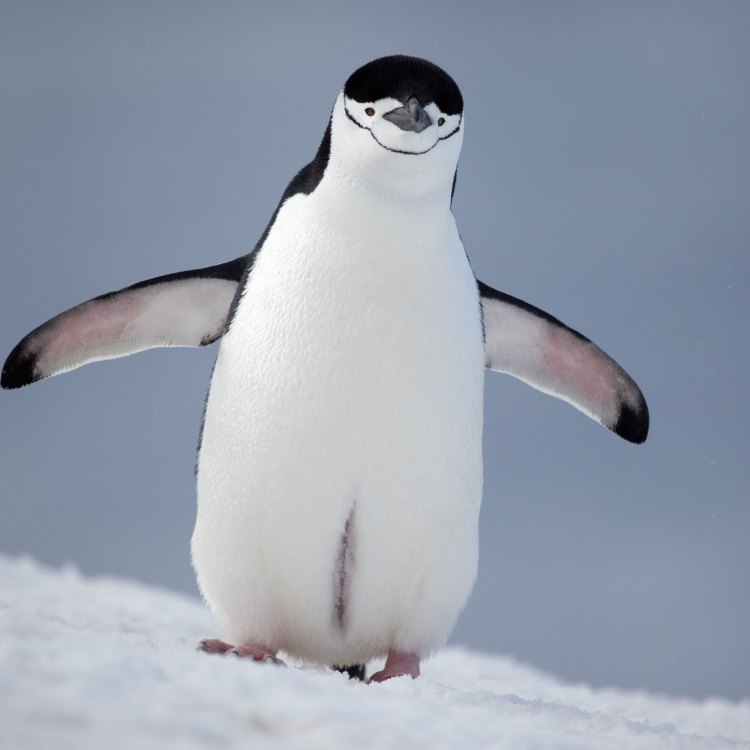
Pygoscelis antarcticus
The Chinstrap Penguin: An Endangered Species at the Heart of the Antarctic Ecosystem
If you were to take a voyage to the Antarctic, among the vast and icy landscape, you would find a species of penguin uniquely marked with a distinctive chinstrap. Meet the Chinstrap Penguin, one of the most widely distributed penguin species in the world. This charismatic creature, with its black head and back and white belly, has captured the hearts of many and become a symbol of the harsh yet beautiful Antarctic environment. But behind its comical appearance lies a story of struggle and decline, as this remarkable animal faces multiple threats to its survival PeaceOfAnimals.Com.Adult Chinstrap Penguins are considered medium-sized penguins, standing at around 28 inches tall and weighing an average of 4.5 kg. They have a life expectancy of 15 to 20 years, making them one of the longest-living penguin species. Like all birds, they reach maturity at different ages depending on their environment, with some becoming adults as early as four years and others as late as six years.
Reproduction in Chinstrap Penguins follows a sexual breeding pattern. During the breeding season, which usually takes place between November and December, the penguins will form monogamous pairs and remain faithful to their partner throughout the season. These pairs usually stay together for subsequent breeding seasons, although some may switch partners. The reproductive behavior of Chinstrap Penguins is a testament to their strong social bonds, where they form lifelong partnerships for the sake of raising their young.
One of the most distinctive features of Chinstrap Penguins is their high-pitched braying sound, which can be heard throughout their nesting colonies Cantil. This sound, along with other vocalizations, is the penguins' way of communicating and maintaining contact with their mates, chicks, and colony members. It is also used as a form of courtship and aggression towards other penguins.
Chinstrap Penguins are migratory, with their migration patterns varying depending on the location of their colony. Some colonies may move short distances, while others may travel long distances, covering up to 13,000 kilometers during their migration. These penguins rely on the nutrient-rich waters of the Antarctic and sub-Antarctic regions for their survival, making long-distance migration necessary.
In the Antarctic, Chinstrap Penguins are highly social and gregarious creatures. They form large colonies, called nesting colonies, where they build nests from stones and line them with small pebbles and feathers. In these colonies, they live in close proximity to each other, often interacting and communicating with one another. This social behavior not only provides support and protection to the penguins but also plays a crucial role in their survival.
However, the survival of Chinstrap Penguins is under threat. Like many other species, they face multiple challenges to their survival, with climate change being one of the most significant threats. The Antarctic has been experiencing rapid warming, leading to melting sea ice, which provides a crucial habitat for Chinstrap Penguins. This habitat loss can negatively affect the penguins' foraging and breeding patterns, significantly impacting their population.
Overfishing is also a significant threat to Chinstrap Penguins. As a species that relies on fish and krill as a food source, the depletion of these resources can have a devastating impact on their survival. Overfishing also disrupts the Antarctic food web, as Chinstrap Penguins are important predators in this ecosystem. Any decline in their population could lead to a domino effect, causing imbalances in the marine environment.
Furthermore, predation is also a significant threat to Chinstrap Penguins. They have a few natural predators, including leopard seals, killer whales, and skuas. These predators primarily target young and vulnerable penguins, making breeding colonies vulnerable to their attacks. Human activities, such as oil spills and disturbance from ships and tourism, can also have a negative impact on Chinstrap Penguins.
Currently, Chinstrap Penguins are classified as near-threatened on the International Union for Conservation of Nature (IUCN) Red List. This classification means that they are at risk of becoming endangered in the near future if no immediate conservation actions are taken. The decline in their population is of great concern as it can have a significant impact on the Antarctic ecosystem.
Chinstrap Penguins play a crucial role in the Antarctic ecosystem and are essential predators of fish and krill. Their decline could disrupt the delicate balance of the food web, affecting the populations of other species. This domino effect can have far-reaching consequences that could ultimately impact the entire planet, making the preservation of these penguins crucial for the health of our planet.
Aside from their ecological importance, Chinstrap Penguins also have a long history of human use. They have become a popular tourist attraction, with many taking expeditions to the Antarctic to witness these charismatic creatures in their natural habitat. Scientific researchers have also taken an interest in studying these penguins, as they provide valuable insight into the effects of climate change and other human impacts on Antarctic wildlife.
Intriguingly, Chinstrap Penguins are excellent swimmers and can dive up to 70 meters (230 feet) in search of food. They are also fast swimmers, reaching speeds of up to 35 km/h while hunting for prey. Their streamlined bodies, stiff flippers, and strong muscles allow them to navigate the freezing waters of the Antarctic with ease.
Sadly, these remarkable creatures are also preyed upon by leopard seals, killer whales, and skuas. However, they have developed adaptations such as their black and white coloration and their agility in the water to help them evade these predators.
In conclusion, the Chinstrap Penguin is a fascinating and iconic species that has captured the imagination of many. Their distinctive features, interesting reproductive behavior, and social nature make them a notable member of the penguin family. However, their population decline is a cause for concern, and urgent conservation efforts are needed to protect these penguins and the delicate Antarctic ecosystem they inhabit. As we continue to learn from and marvel at these incredible animals, it is our responsibility to also ensure their survival for future generations to come.
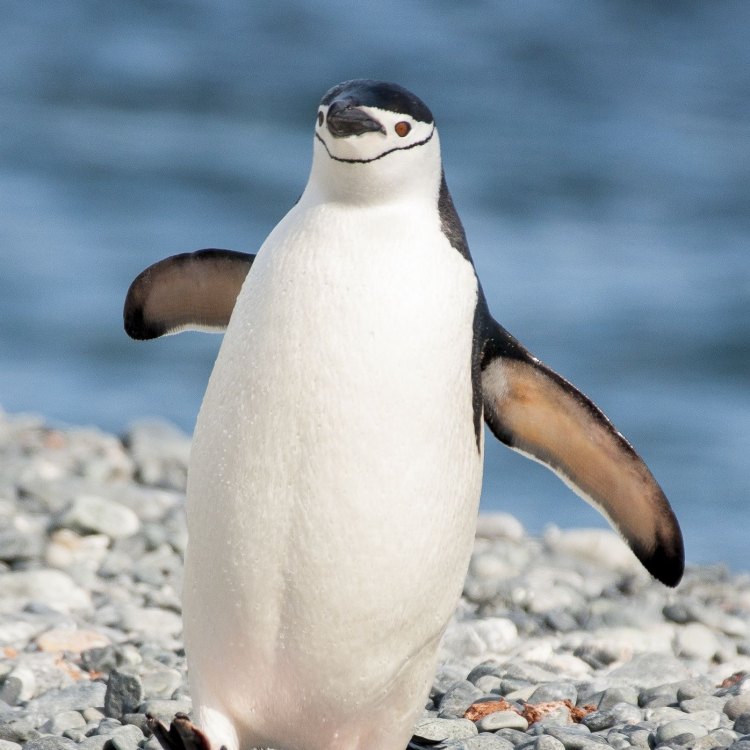
The Fascinating World of the Chinstrap Penguin
Disclaimer: The content provided is for informational purposes only. We cannot guarantee the accuracy of the information on this page 100%. All information provided here may change without prior notice.

